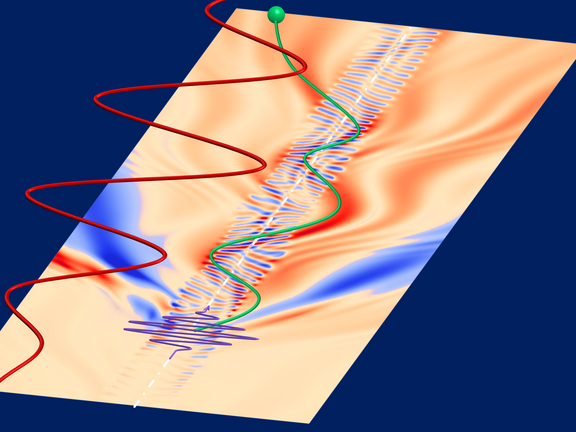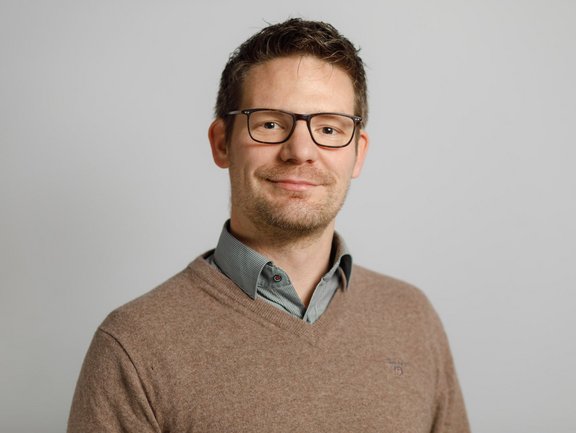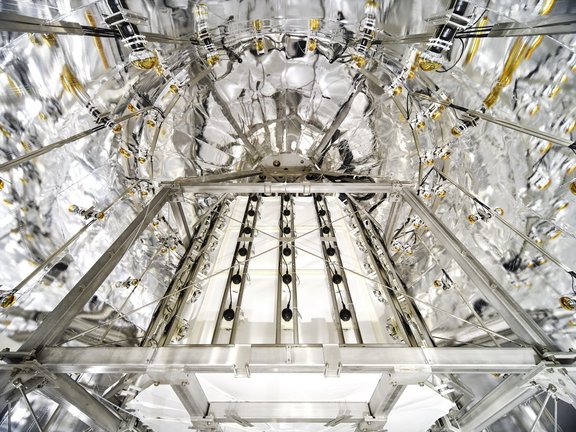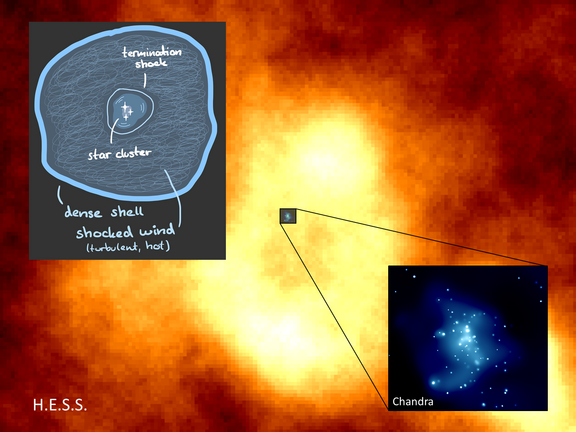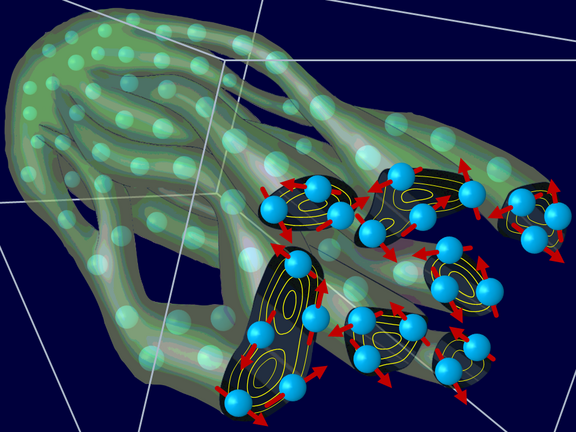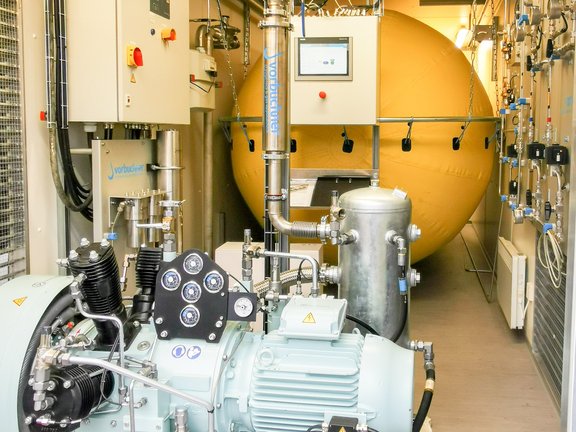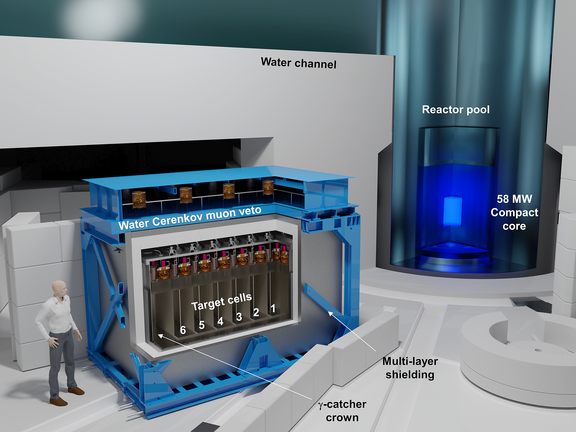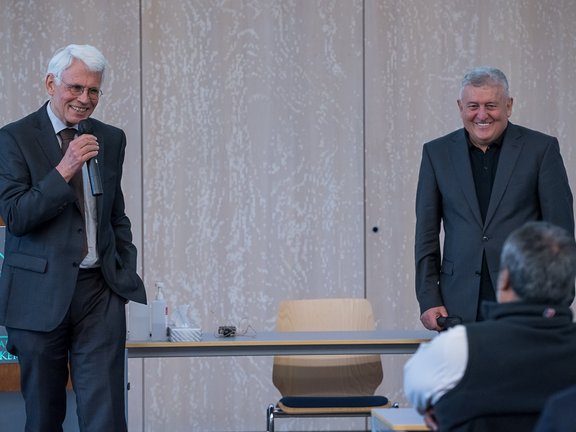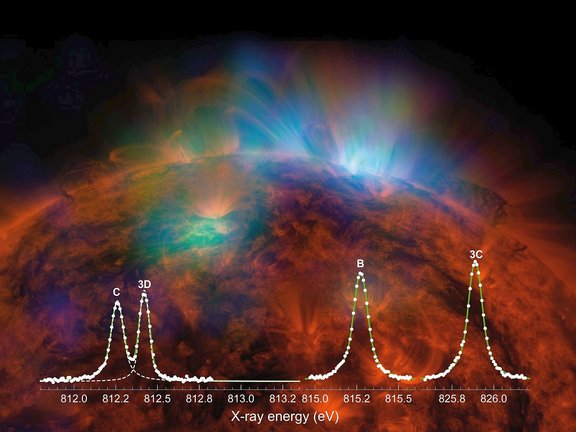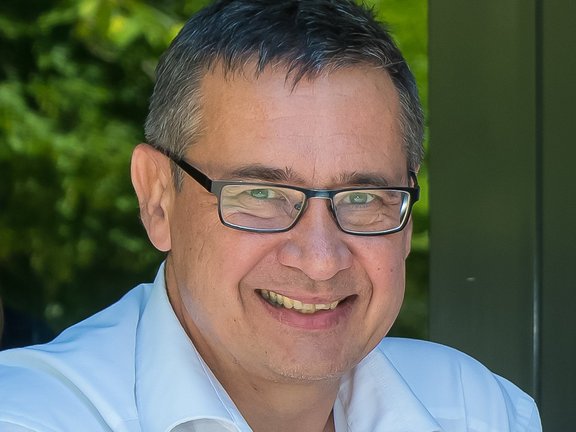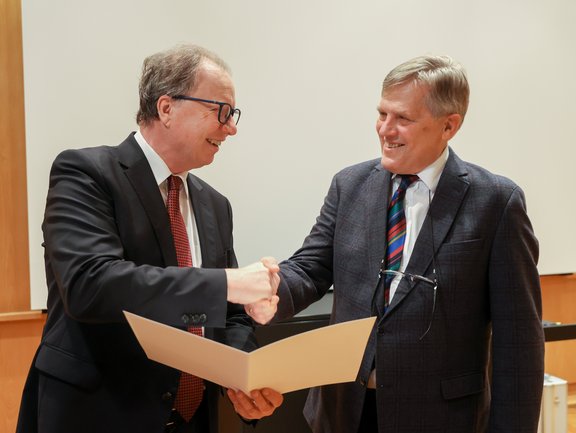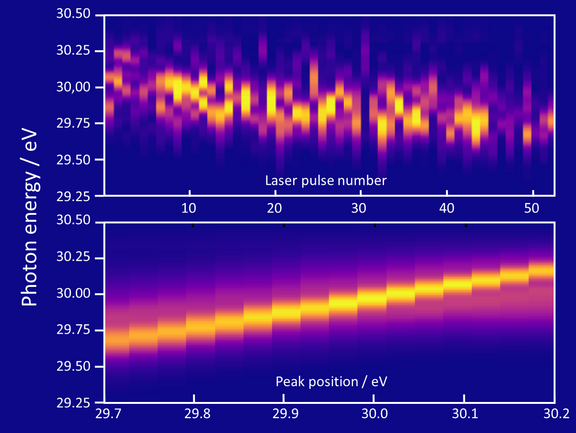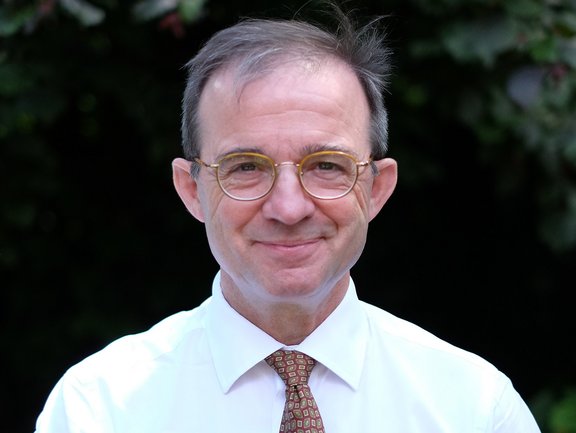All News
Electron recollision tracked in real-time in one shot
The motion of an electron in a strong infrared laser field is tracked in real time by means of a novel method developed by MPIK physicists and applied…
Teaching prize of the faculty for Physics and Astronomy awarded to PD Dr. Teresa Marrodán Undagoitia
The MPIK congratulates PD Dr. Teresa Marrodán Undagoitia on being awarded the teaching prize of the faculty of Physics and Astronomy of Heidelberg…
Girls'Day at MPIK
On April 27, for the first time since 2019, the Girls'Day took place again at the Max-Planck-Institut für Kernphysik (MPIK).
ERC Advanced Grant awarded to MPIK-group leader Sven Sturm
Priv. Doz. Dr. Sven Sturm has been awarded one of the prestigious ERC Advanced Grants in the latest round of calls for proposals by the European…
First WIMP search results from the XENONnT experiment
The XENON collaboration presented today results from XENONnT, the latest-generation experiment of the XENON Dark Matter project dedicated to the…
Massive star clusters as a source of very-high energy galactic cosmic rays
The Astrophysical Plasma Theory group at MPIK demonstrated that supernova remnant shocks interacting with collective wind outflows of massive star…
Electron polarization for probing plasma current filamentation instability
Using particle-in-cell simulations scientists from the theoretical quantum dynamics division at MPIK showed that electron radiative polarization…
Helium recycling process successfully established
Some of the experimental research groups at the Max Planck Institute for Nuclear Physics (MPIK) deal with precision experiments on stored ions, for…
Christoph Keitel receives the Lamb Prize 2023
The Max Planck Institute for Nuclear Physics congratulates Prof. Dr. Christoph Keitel on receiving the Willis E. Lamb Award for Laser Science and…
Final results from the STEREO experiment reject sterile neutrino hypothesis
After several years of operation, the STEREO collaboration published the final results of their antineutrino studies. With their data, the researchers…
Antonino Di Piazza appointed to the University of Rochester
PD Dr. Antonino Di Piazza has accepted a call to a full tenured professorship at the University of Rochester in NY, USA, and as distinguished…
‘FestKolloquium’ in honour of Werner Hofmann and Felix Aharonian
On Dec 8th, a ‘FestKolloquium’ was held in honour of Werner Hofmann and Felix Aharonian, two giants in the field of very-high-energy astrophysics.…
Obituary Dr. Robert von Hahn
"The temperature is set, the ring is running"- these were the words with which Robert always gleefully greeted us when he prepared the world's unique…
Honorary doctorate for Eberhard Grün
The Max Planck Institute for Nuclear Physics congratulates Prof. Dr. Eberhard Grün on being awarded an honorary doctorate by the University of…
News about the methylidine ion’s chemistry in interstellar clouds
Measurements under space conditions at the ultracold storage ring CSR of the MPI for Nuclear Physics for the first time provided reliable data on the…
Electrons and photons in a twin pack
Resonant two-photon ionisation of helium measured with angular resolution
World's first optical atomic clock with highly charged ions
Optical atomic clocks are the most accurate measuring instruments ever built and are becoming key tools for basic and applied research, for example to…
20 years H.E.S.S. telescopes in Namibia
With a ceremony on 18 October and an open day the following Sunday, the H.E.S.S. collaboration celebrated the 20th anniversary of the commissioning of…
José R. Crespo López-Urrutia Fellow of the American Physical Society
“For groundbreaking experiments on sympathetic cooling of highly charged ions and many contributions to spectroscopy for astrophysics, plasma physics,…
